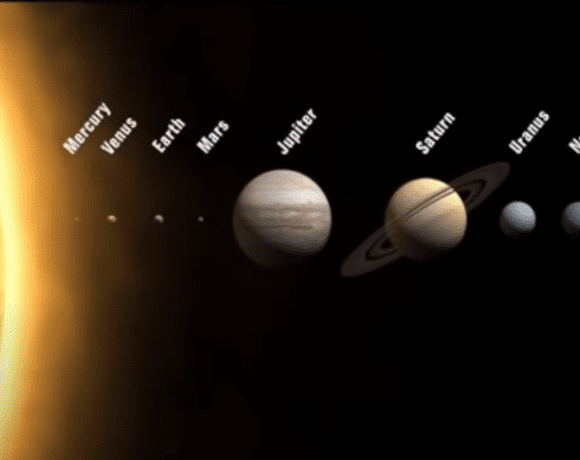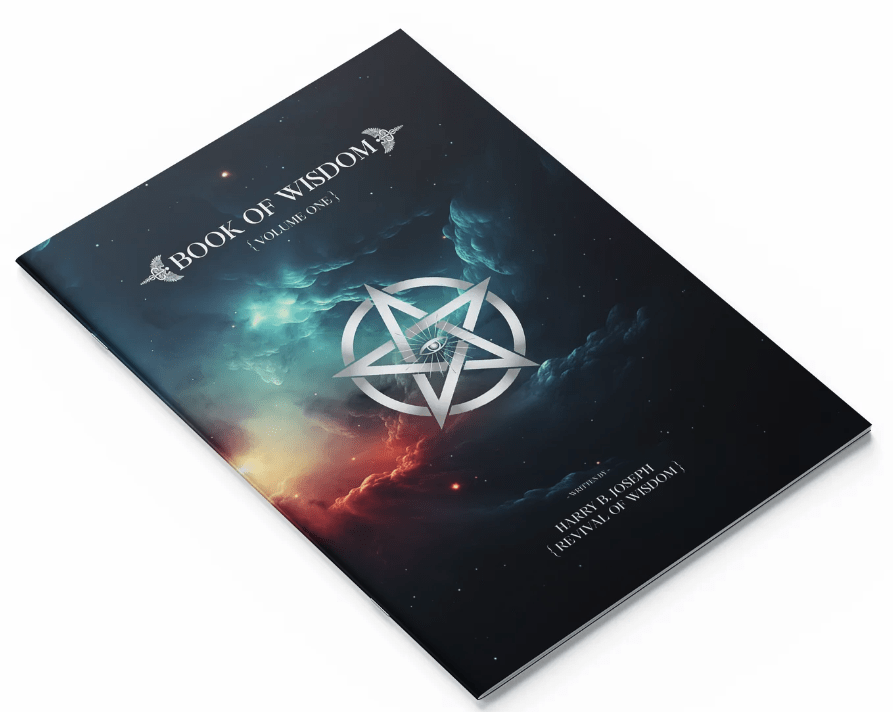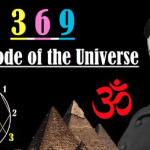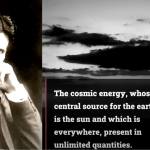The Origins of the Flat Earth Theory
Flat Earth Theory has been around since ancient times, with various cultures believing that the Earth was a flat, stationary plane. This belief has persisted despite the overwhelming scientific evidence supporting the concept of a spherical Earth. For some, the Flat Earth Theory represents a refusal to accept mainstream science and a belief that powerful entities are manipulating the masses with false information. This article explores the Flat Earth Theory and encourages readers to watch a video that presents a compelling case for this alternative worldview.
Flat Earth Theory vs. The Spherical Earth Model
The Flat Earth Theory posits that the Earth is a flat, immovable disk with the North Pole at its center and a massive wall of ice, known as Antarctica, surrounding the outer edge. This contradicts the widely accepted spherical Earth model, which is supported by centuries of observations and experiments. However, proponents of the Flat Earth Theory argue that the evidence for a round Earth is manipulated or misrepresented by those in power to maintain control over the masses. By examining the foundations of our understanding of the world, they believe we can break free from this deception and see beyond the so-called curve.
The Psychological Impact of the Flat Earth Theory
For Flat Earthers, the belief in a flat Earth is more than just a challenge to mainstream science—it’s a way to reclaim control over their lives and worldviews. They argue that by accepting the spherical Earth model, people are left feeling insignificant and lost as if they are merely a tiny speck in an infinitely expanding universe. By embracing the Flat Earth Theory, however, they believe that we can recognize our true place at the center of creation and gain a greater sense of purpose and belonging.
The Role of Technology and Social Media in Spreading Flat Earth Beliefs
The internet and social media have played a crucial role in the resurgence of the Flat Earth Theory. Platforms such as YouTube have allowed for the creation and dissemination of videos and documentaries that present alternative viewpoints and challenge the mainstream scientific consensus. By watching these videos, including the one mentioned in this article, you can gain a deeper understanding of the Flat Earth Theory and decide for yourself whether there is merit to this unconventional perspective.
Criticisms and Challenges to the Flat Earth Theory
Skeptics of the Flat Earth Theory argue that there is an overwhelming amount of evidence supporting the concept of a spherical Earth. This includes photographs of Earth from space, the curvature of the Earth observed from high altitudes, and the behavior of satellites and the International Space Station. Critics also point out that the Flat Earth Theory relies heavily on conspiracy theories and distrust of established scientific institutions. However, proponents of the Flat Earth Theory counter these arguments by questioning the validity of the evidence and suggesting alternative explanations.
Exploring Flat Earth Theory and Other Alternative Worldviews
The Flat Earth Theory is just one example of an alternative worldview that challenges conventional understanding. By exploring these unconventional beliefs, we can gain a broader perspective on the world and question the assumptions we hold. Watching the video mentioned in this article is a great way to start this journey of discovery and to consider whether the Flat Earth Theory might hold some truth. Regardless of your ultimate conclusion, engaging with alternative worldviews is an enriching experience that can deepen your understanding of the world and the diversity of human thought.
The Importance of Skepticism and Critical Thinking
As we explore the Flat Earth Theory and other alternative worldviews, it is essential to approach these ideas with skepticism and critical thinking. This means carefully examining the evidence and arguments presented and considering alternative explanations. While some may dismiss unconventional beliefs as mere conspiracy theories or pseudoscience, it is important to remember that the history of science is full of ideas that were once considered heretical or absurd. By maintaining an open mind and engaging in critical analysis, we can better understand the complex nature of the world and the variety of perspectives that exist within it.
The Impact of Flat Earth Theory on Society and Culture
The Flat Earth Theory has had a significant impact on society and culture, particularly in recent years. It has inspired a growing community of individuals who share a distrust of mainstream science and a desire to seek out alternative explanations for the nature of our world. This movement has given rise to numerous conferences, documentaries, and online forums where Flat Earth enthusiasts can connect and exchange ideas.
At the same time, the Flat Earth Theory has also attracted criticism and ridicule from those who view it as an example of scientific illiteracy and the dangers of misinformation. This ongoing debate highlights the importance of promoting scientific literacy and critical thinking skills to better navigate the complex information landscape of the 21st century.
Conclusion: Expanding Our Horizons with the Flat Earth Theory and Beyond
In conclusion, the Flat Earth Theory represents a fascinating and controversial alternative worldview that challenges the mainstream scientific understanding of our world. By exploring this theory and watching the video mentioned in this article, you can gain a deeper appreciation for the diversity of human thought and the importance of questioning established beliefs. Whether or not you ultimately accept the Flat Earth Theory, engaging with it and other alternative worldviews can be a valuable learning experience that expands your intellectual horizons and encourages critical thinking.




















